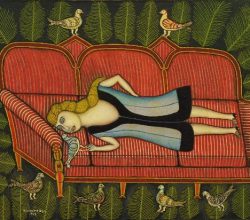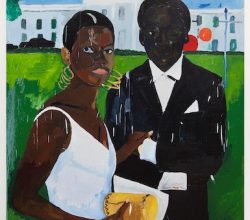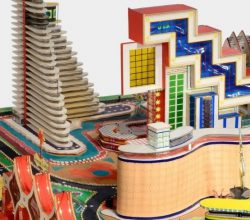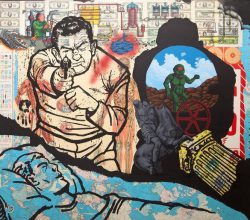
The Door Policy
Zoë Lescaze | Even | 6th June 2018
So-called “outsider” artists are rarely shown in museums. The outsider label implies that these artists “lack the agency or self-awareness of their educated peers.” An outstanding Washington show reveals that such art actually has “overwhelming strength. By showing us the dazzling pluralism of the past century [the show weaves] a richer tapestry of American art history.”





